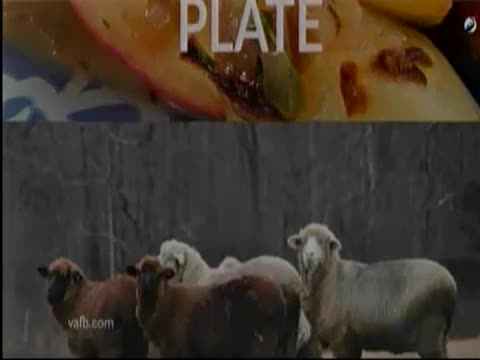Matthews County emerges as Virginia's hidden agricultural gem
September 24, 2024 | Chesapeake City (Independent City), Virginia
This article was created by AI summarizing key points discussed. AI makes mistakes, so for full details and context, please refer to the video of the full meeting. Please report any errors so we can fix them. Report an error »

In a recent agricultural meeting, discussions highlighted the evolving landscape of farming in Matthews County, Virginia, where traditional practices are adapting to new opportunities and challenges. Once a hub for sheep farming, the region has seen a significant decline in sheep production over the past 50 years, attributed to the rise of synthetic fabrics and the encroachment of coyotes. Currently, sheep are raised on just 1,700 farms in Virginia, with a total population of over 82,000 as of 2017.
As the community shifts focus, aquaculture, particularly oyster farming, is gaining traction. Local farmer Jordan Podd, who transitioned from commercial diving to oyster farming, noted the supportive role of county leaders in facilitating permits for this burgeoning industry. Each oyster filters approximately 50 gallons of water daily, contributing positively to the health of the Chesapeake Bay. However, the growth of tourism in the area has led to tensions between oyster farmers and waterfront property owners regarding the placement of oyster cages.
Agricultural practices in Matthews County remain diverse, with corn and soybeans being the primary crops. Farmers like Robert Respice and Ronnie Lewis emphasize sustainable practices and community involvement, with Respice's family farm being a century-old establishment. Newcomers like Patrick Hannes are also making their mark, utilizing the county's unique climate to cultivate mushrooms.
The county boasts 43 farms across 6,584 acres, with a market value of agricultural products reaching approximately $3.8 million. While crops dominate the agricultural landscape, aquaculture contributes significantly, with oysters alone generating over $1.5 million.
Oyster Seed Holdings, a local hatchery, plays a crucial role in educating the community about the oyster life cycle and promoting sustainable practices. As Matthews County continues to evolve, it is becoming a sought-after destination for both retirees and summer vacationers, blending agricultural heritage with modern aquaculture. The community's commitment to sustainability and innovation positions Matthews County as a hidden gem in Virginia's agricultural landscape.
As the community shifts focus, aquaculture, particularly oyster farming, is gaining traction. Local farmer Jordan Podd, who transitioned from commercial diving to oyster farming, noted the supportive role of county leaders in facilitating permits for this burgeoning industry. Each oyster filters approximately 50 gallons of water daily, contributing positively to the health of the Chesapeake Bay. However, the growth of tourism in the area has led to tensions between oyster farmers and waterfront property owners regarding the placement of oyster cages.
Agricultural practices in Matthews County remain diverse, with corn and soybeans being the primary crops. Farmers like Robert Respice and Ronnie Lewis emphasize sustainable practices and community involvement, with Respice's family farm being a century-old establishment. Newcomers like Patrick Hannes are also making their mark, utilizing the county's unique climate to cultivate mushrooms.
The county boasts 43 farms across 6,584 acres, with a market value of agricultural products reaching approximately $3.8 million. While crops dominate the agricultural landscape, aquaculture contributes significantly, with oysters alone generating over $1.5 million.
Oyster Seed Holdings, a local hatchery, plays a crucial role in educating the community about the oyster life cycle and promoting sustainable practices. As Matthews County continues to evolve, it is becoming a sought-after destination for both retirees and summer vacationers, blending agricultural heritage with modern aquaculture. The community's commitment to sustainability and innovation positions Matthews County as a hidden gem in Virginia's agricultural landscape.
View full meeting
This article is based on a recent meeting—watch the full video and explore the complete transcript for deeper insights into the discussion.
View full meeting
